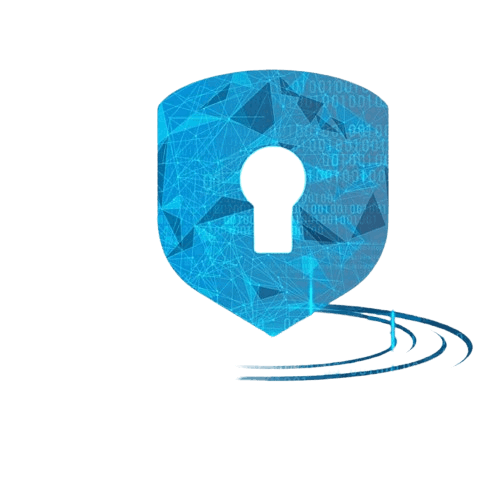CyberHorse Security Operations Maturity Model Levels .

Level 0 - MINIMAL:
• Emphasis on prevention-oriented measures like firewalls and antivirus.
• Reactive defense approach without formal incident detection and response processes.
• Technology and functional silos hinder collaboration and visibility.
• Basic or undefined security policies.
• Vulnerable to unknown and sophisticated threats utilizing living-off-the-land attack techniques.

Level 1 - REACTIVE:
• Limited implementation of attack surface reduction practices.
• Compliance-driven log or event collection with minimal proactive monitoring.
• Absence of formal incident detection and response processes.
• Vulnerable to unknown and sophisticated threats due to lack of consistent detection mechanisms.
• Inadequate technology to identify suspicious activities consistently.

Level 2 - PROACTIVE:
• Introduction of Endpoint Detection and Response (EDR) and Network Detection and Response (NDR) solutions, albeit in silos.
• Deployment of mature security policies with predefined configuration templates.
• Initial steps towards centralizing log data and security events, prioritizing critical assets.
• Lack of resources for effective alert evaluation and prioritization.
• Enhanced resilience against cyber threats but still vulnerable to sophisticated attacks targeting blind spots.

Level 3 – MANAGED:
• Establishment of formal processes for continuous monitoring and containment of threats.
• Holistic centralization of log data and security events.
• Integration of IoC-based threat intelligence into analytics and workflows.
• Implementation of security analytics to detect known threat tactics, techniques, and procedures.
• Basic metrics for Mean Time to Detect (MTTD) and Mean Time to Respond (MTTR).

Level 4 – OPTIMIZED:
• Comprehensive centralization of log data with extended retention for investigating advanced threats.
• Integration of cross-organizational case management, collaboration, and automation.
• Utilization of industry-specific threat intelligence to enhance security controls and workflows.
• Implementation of advanced security analytics leveraging AI/ML for anomaly detection, guided by SOC experts.
• Well-documented investigation and response processes with continuous improvement initiatives.
• Advanced operational metrics and historical trending for MTTD/MTTR analysis.

